
ESPAÑOL
Cliente: Corporación Seagram
Arquitecto: Ludwig Mies van der Rohe
Ingeniero Estructural: Severud Associates
Categoría: Edificio Alto
Uso: Oficinas
Altura: 156.97 metros
Plantas: 38
Superficie: 59.457 m²
El Edificio Seagram fue diseñado por el prestigioso arquitecto Ludwig Mies van der Rohe, y se ha convertido en un auténtico emblema para Nueva York siendo uno de los edificios más queridos y representativos de esta ciudad. Se encuentra localizado en el número 375 de Park Avenue, y ha sido la Sede de la Corporación de Licores Seagram desde sus inicios hasta nuestros días. La Casa Seagram, como así también se la conoce en la ciudad de Nueva York, fue retranqueada a 30 metros de Park Avenue por el famoso arquitecto, quien ayudó con este gesto simbólico a descongestionar la densidad de la ciudad de Nueva York mediante una gran plaza pública que se sitúa justo a sus pies. Después de su construcción, en el año 1961 la ubicación de este importante edificio ayudó a que se crease una nueva legislación en la ciudad de Nueva York que obligaba a que todos los edificios de nueva planta tendrían que dejar espacios abiertos a su alrededor. El edificio ocupa sólo un 40% del total del solar donde se erigió, y se muestra a la ciudad gracias a esta gran plaza pública pavimentada de granito que le da bastante desahogo y a su vez prestigio a la zona. Dos láminas de agua con forma rectangular y que se sitúan en ambos extremos en el lado de Park Avenue, nos dan la bienvenida al edificio. Se convirtió en el primer edificio de oficinas del mundo en el que se emplearon paneles de vidrio de piso a techo.

De planta rectangular y con su espectacular diseño, se convirtió también en el primer edificio que importaba los ideales modernistas Europeos a los Estados Unidos por medio de la Bauhaus, una escuela de diseño, arte y arquitectura, que junto con un pequeño número de arquitectos importantes como Le Corbusier o Philip Johnson, sentaron las bases del conocido Estilo Internacional. Posee una estructura a base de perfiles de acero y una fachada con un sistema innovador de muro cortina, dejando grandes espacios acristalados en cada una de sus plantas gracias al soporte de unos perfiles metálicos situados verticalmente a lo largo de toda la fachada. El dibujo que ofrece exteriormente el edificio posee un sello distintivo, ya que fue diseñado por el arquitecto en honor a las columnas antiguas clásicas, ya que la basa se correspondería con la entrada y el hall, un fuste, que se asemeja al cuerpo del edificio de oficinas, y el capitel, que se muestra como el remate de terminación superior de la fachada. El Edificio Seagram fue galardonado como un hito Arquitectónico en 1989 y ha sido renovado en el año 2000. No obstante, se muestra como la única obra arquitectónica que diseñó Ludwig Mies Van der Rohe ( 1886-1969 ) para la ciudad de Nueva York. Philip Johnson también colaboró en el diseño del Restaurante Four Seasons que se encuentra en su interior, así como en dos habitaciones, que unidas entre sí, contaban con un bar y una piscina en el medio.

ENGLISH
Client: Seagram Corporation
Architect: Ludwig Mies van der Rohe
Structural Engineer: Severud Associates
Category: Building High
Use: Offices
Height: 156.97 meters
Floors: 38
Area: 59 457 m²
The Seagram Building was designed by renowned architect Ludwig Mies van der Rohe, and has become a true emblem for New York is one of the most beloved and representative buildings of this city. It is located at number 375, Park Avenue, and has been the headquarters of the Seagram Spirits Corporation from its inception until today. Seagram House, as is well known in New York City, was set back 30 meters from Park Avenue by the famous architect, who helped with this symbolic gesture to relieve the density of New York City by a large square public that it is just at his feet. After its construction in 1961, the location of this important building helped to be created a new law in New York City which required that all new buildings would have to leave open space around them. The building occupies only 40% of the lot where he built, and displayed to the city thanks to this great public plaza paved with granite that gives relief and turn enough prestige to the area. Two sheets of water with a rectangular shape and which are located at both ends on the side of Park Avenue, we welcome the building. He became the first office building in the world in which we used glass panels from floor to ceiling.

The rectangular, with its stunning design, it also became the first building to European modernist ideals matter to the United States by the Bauhaus school of design, art and architecture, together with a small number of important architects as Le Corbusier and Philip Johnson, formed the basis of the well known International Style. It has a base structure of steel beams and a façade with an innovative curtain wall, leaving large glazed areas in each of its plants due to metal support profiles located vertically along the entire facade. The drawing that offers outside the building has a distinctive, as it was designed by the architect in honor of the ancient classical columns, since the bases correspond to the entrance and the lobby, a stem, which resembles the body of the building office, and the capital, shown as the upper termination finish the facade. The Seagram Building was awarded an architectural landmark in 1989 and renovated in 2000. However, it appears as the only architectural work designed Ludwig Mies Van der Rohe (1886-1969) for the city of New York. Philip Johnson also helped design the Four Seasons Restaurant which is inside, and in two rooms, joined together, had a bar and a pool in the middle.

"Images Seagram Building, New York City, USA"
Copyright © Eric Firley, Web Flickr
"Text" Copyright © José Miguel Hernández Hernández
Editor, Escritor y Fotógrafo de Arquitectura /
Publisher, Writer and Architectural Photographer
Todos los derechos reservados / All rights reserved
www.jmhdezhdez.com
Related articles / Artículos relacionados
Bank of America Tower
Manhattan, New York, USA
Cook+Fox Architects LLP
The IAC Building
New York City, USA
Gehry Partners LLP
The New York Times Building
Manhattan, New York City, USA
Renzo Piano Building Worldshop
Hearst Tower
Manhattan, New York, USA
Foster + Partners
Two World Trade Center
Manhattan, New York, USA
Minoru Yamasaki & Associates
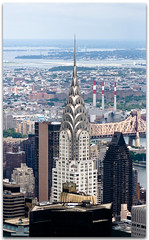
Chrysler Building
Manhattan, New York, USA
William van Alen
Empire State Building
Manhattan, New York
Shreve, Lamb & Harmon Associates
Fuller or Flatiron Building
Manhattan, New York, USA
Daniel Burham
Statue of Liberty
New York, USA
Frédérick-Auguste Bartholdi
Brooklyn Bridge
Manhattan, New York, USA
John Augustus Roebling
MUY IMPORTANTE!!! VERY IMPORTANT!!!
Deja tu comentario sobre este reportaje al pie de este post donde dice "Publicar un comentario en la entrada"; me será de gran valor para seguir mejorando este sitio web y te contestaré con la mayor brevedad posible... Muchas gracias!
No obstante, si te ha resultado interesante este reportaje y también el Blog en general, por favor, no dudes en hacerte Fan de la página de Fans del Blog de José Miguel Hernández Hernández en Facebook aquí
Nota importante: Una vez que hayas entrado en la página de Fans del Blog en Facebook, con sólo hacer click en el botón de "Me gusta", a partir de ese momento estarás al tanto de todos los nuevos reportajes interesantes relacionados con la Arquitectura y la Ingeniería que aquí se vayan publicando para no perder ningún detalle...
También puedes suscribirte por e-mail (te llegaría un e-mail con el enlace de cada artículo en el mismo momento en que sea publicado), o bien también puedes seguir el Blog a través de Twitter aquí
Nos vemos en el Blog!
Leave a comment on this story at the bottom of this post where it says "Post a comment in the entry", I will prove invaluable to further improve this website and I will answer as soon as possible .. . Thank you very much!
However, if you this story was interesting and the blog in general, please do not hesitate to make Fan Fans of the Blog page José Miguel Hernández Hernández on Facebook here
Very important: Once you enter the page Blog fan of Facebook, simply click on the button Like "From that moment you are aware of all new interesting stories related to the Architecture and Engineering are published here to avoid losing any detail ...
Can also subscribe by e-mail (I would e-mail with a link to each item in the same time it is published), or you can follow through Blog Twitter here
See you at the Blog!
HOME GEOGRAPHY ARCHITECTURE ENGINEERING SKYSCRAPERS
BRIDGES BUILDINGS TOWERS PUBLICATIONS ABOUT ME CONTACT
Copyright © José Miguel Hernández Hernández
Editor, Escritor y Fotógrafo de Arquitectura /
Publisher, Writer and Architectural Photographer
http://www.jmhdezhdez.com/
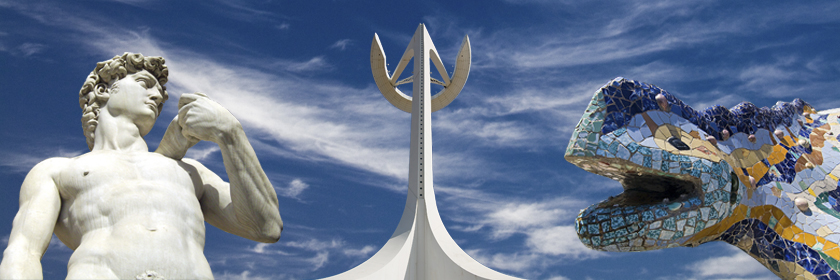






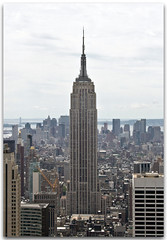
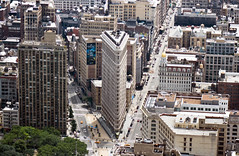




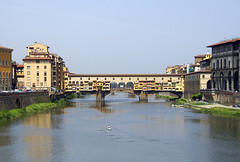




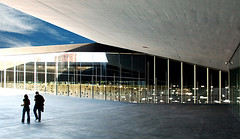


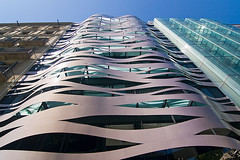



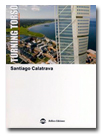

No hay comentarios:
Publicar un comentario